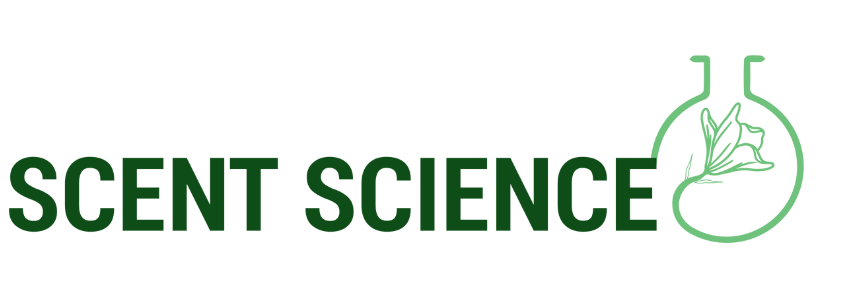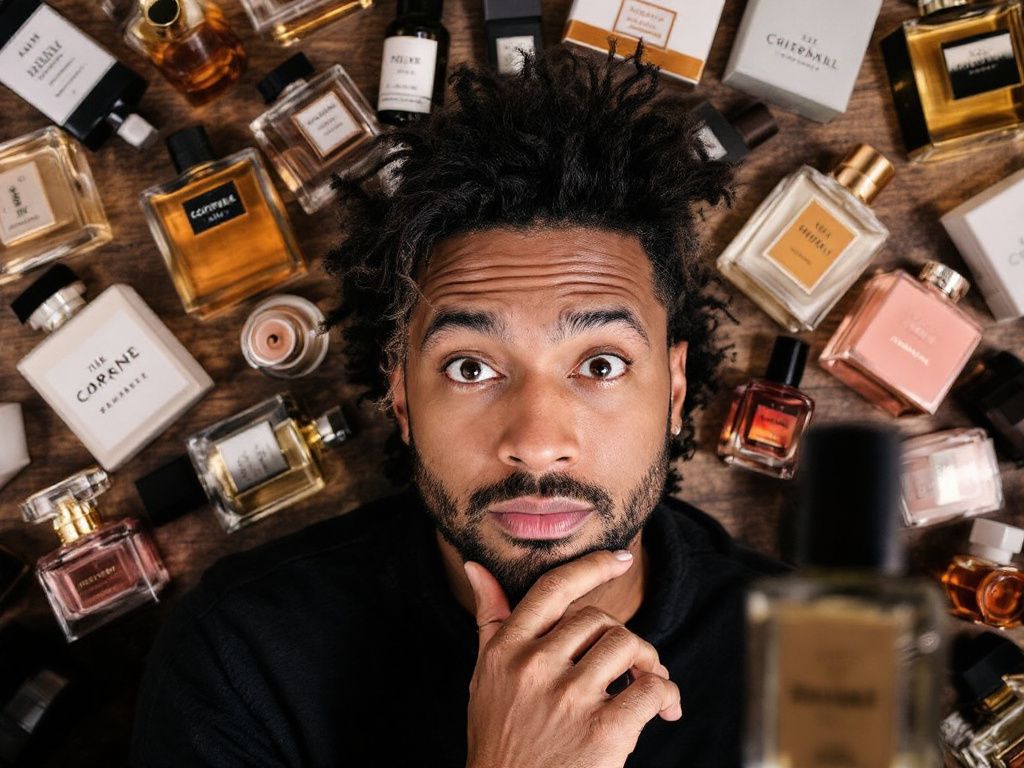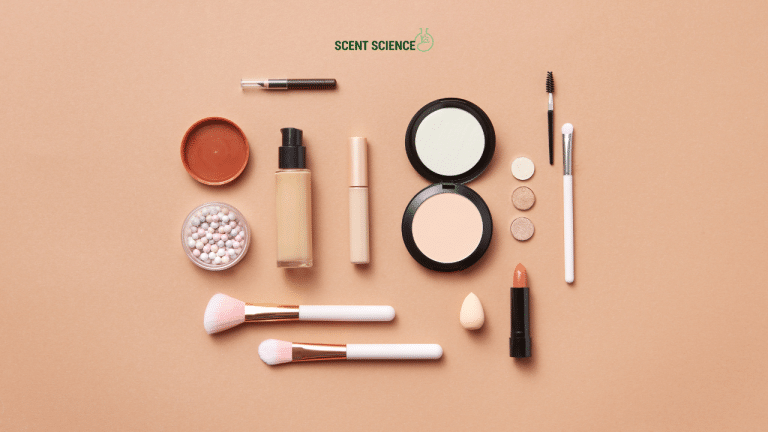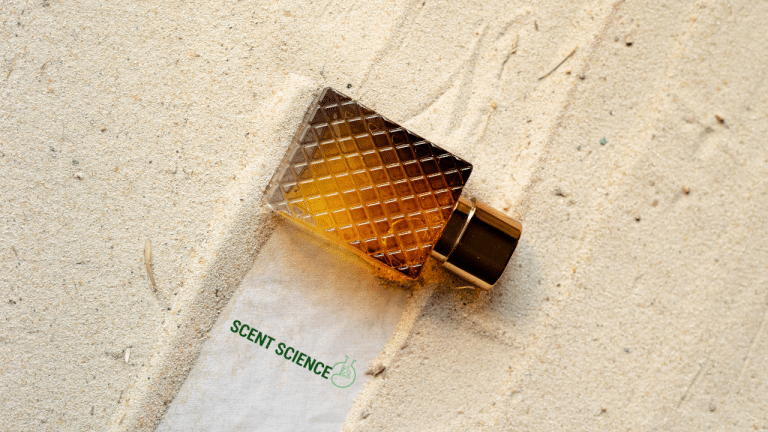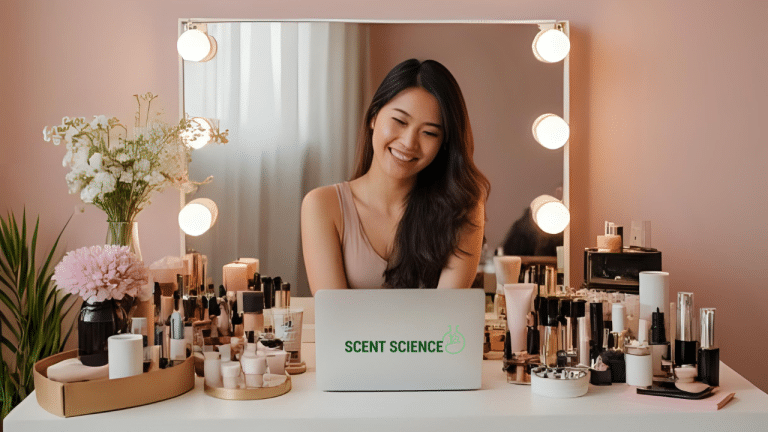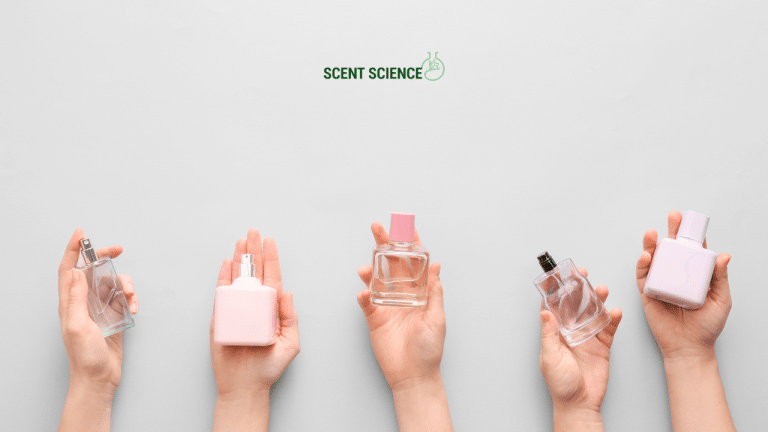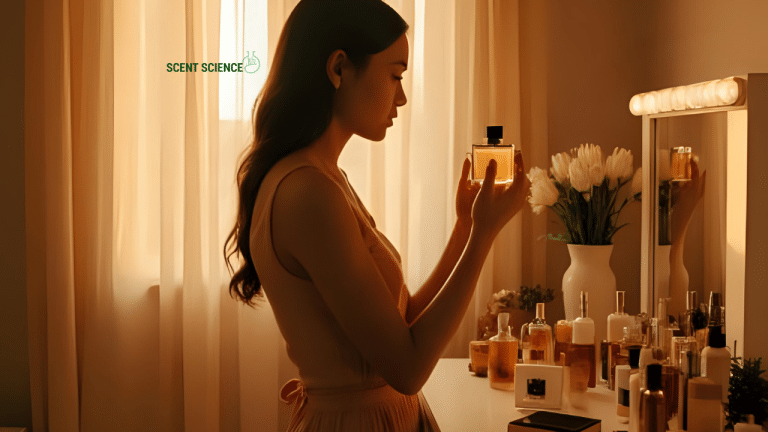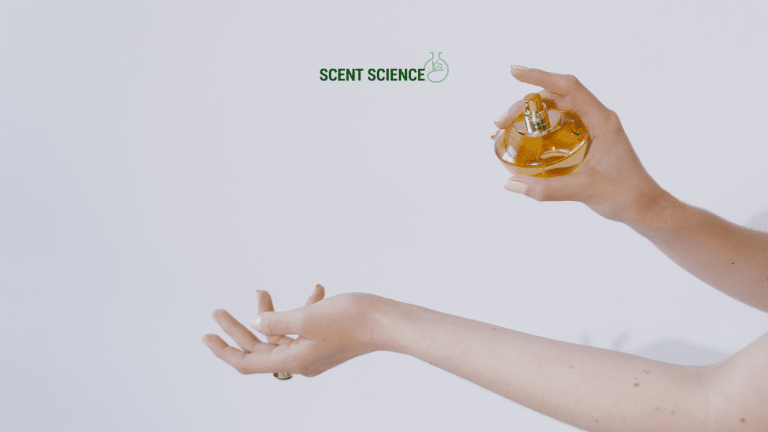Fragrances are more than just a final touch to your daily ensemble; they carry memories, influence emotions, and can even shape our perceptions. Yet, behind every bottle, there’s a unique journey—a personal narrative of discovery. Welcome to “Our Stories, Our Scents,” a community interview that delves into the heart of fragrance discovery, unveiling how signature scent stories transform a simple spray into a powerful personal statement.
Table of Contents
ToggleThe Emotional Connection Behind Personal Fragrance
A fragrance is a symphony of meticulously chosen notes designed to evoke sentiments and memories. This appeal is psychological: according to a study published in the Journal of Neuroscience, the limbic system—the part of the brain that handles emotions and memory—is directly linked to our olfactory senses. As a result, scents trigger vivid emotional responses, from nostalgia to tranquility.
Personal Fragrance via Signature Scent Stories
**Emma’s Story:** For Emma, fragrances tell the tale of transformation. 🌿 Her signature scent—a blend of cedarwood and rose—whispers memories of her childhood garden where aromatic wooden pathways led to fields of blooming flowers. Emma’s journey began as an exploration of grounding and elegance, reflecting resilience and growth.
Incorporating signature scent stories like Emma’s allows for an emotional connection that’s deeper than surface-level identification. Creating personal fragrances then becomes an exploration of self-identity, memory, and emotion instead of just a transactional experience.
The Technical Breakdown: Crafting Personal Fragrances
Creating a fragrance goes beyond mixing pleasant scents. It involves art, chemistry, and intuition. Here’s a breakdown of the standard components and the subtle art of perfume making.

Components of a Fragrance
**1. **Notes:**
- Top Notes: The initial impression of a fragrance, like citrus or light florals, lasting about 5–15 minutes.
- Middle Notes: Form the heart of the fragrance, often including robust florals or spices, noticeable after the top notes fade and last around 30 minutes to an hour.
- Base Notes: These create the depth and lasting impression, typically comprising heavier scents like musk or vetiver, and can last several hours.
**2. **Concentration:** Determines the fragrance’s longevity and intensity:
- Parfum (20–30% perfume oil): Lasts up to 24 hours.
- Eau de Parfum (15–20% perfume oil): Usually lasts 6–8 hours.
- Eau de Toilette (5–15% perfume oil): Lasts 3–4 hours.
- Eau de Cologne (2–4% perfume oil): Provides coverage for 2–3 hours.
**3. **Composition:** The balance of these notes is crucial. It is typically orchestrated by a perfumer who rights the intricate balance between ingredients to ensure seamless transitions as each layer unfolds.
Crafting a Signature Scent
Start with self-reflection: Consider your favorite memories, places, and emotions you’d like to encapsulate within a bottle.
- Mood and Intention: Decide what feeling you wish your perfume to evoke. Whether it be confidence, relaxation, or nostalgia, the intent guides the note selection.
- Research and Testing: Sample a variety of fragrance families (e.g., woody, oriental, fresh, floral) to determine your preferences. Utilizing sample kits can provide a comprehensive experience without a hefty commitment.
- Feedback Loop: Fragrance is an individual’s expression but it’s essential to test how it interacts with different settings and how others perceive it.
Real-World Scenario: Signature Differentiation Through Personal Fragrance
**Jasper’s Journey:** A corporate executive working in tech, Jasper sought a fragrance to stand out. He chose a custom scent—a blend of cool marine and sharp green notes that encapsulated freshness and forward-thinking innovation. His signature scent story transformed the way colleagues perceived him: dynamic and future-focused.

Practical Tips for Crafting and Storing Personal Fragrances
- Understand Your Chemistry: Perfume interacts warmly different with various body chemistries. What smells appealing on paper might smell slightly different on your skin.
- Location, Location: Apply fragrance on pulse points, such as wrists and neck, where the body emits warmth that helps to diffuse and amplify the scent.
- Storage: Store in cool, dark places. Direct sunlight or excessive heat can alter its balance or shorten its lifespan, reducing effectiveness significantly.
- Signature Evolution: Over time, like ourselves, our fragrance preferences may evolve. Revisit your collection regularly and update it as needed to keep it relevant to your current state of mind and life situations.
Industry Insights and Standards
Perfume formulation adheres to industry standards and scientific regulations to ensure safety and quality. According to the International Fragrance Association (IFRA), all scents must fulfill specific safety criteria based on thorough scientific assessments to prevent adverse health effects, meeting these global regulatory requirements.
The Impact of Personal Fragrance in Branding
In the professional sphere, creating an olfactory brand can be powerful for personal and professional branding. Scent marketing examples include luxury brands that leverage bespoke fragrances to create memorable customer experiences, such as Abercrombie & Fitch’s signature scent or Marriott’s distinctive coconut-based fragrance in their hotels.

Case Study: Chanel No.5
Chanel No.5 is an iconic example where emotion, art, and science converge seamlessly in fragrance creation. Its formulation broke conventions with synthetic notes like aldehydes, leading to a bouquet-like richness unattainable through natural extracts alone.
Evoking Emotions and Memory Through Fragrance
The emotional resonance of fragrance can reach profound depths. According to a study by Northumbria University, scents have the power to influence cognitive psychology and emotional states. Participants presented with floral notes exhibited higher happiness and relaxation levels over those exposed to neutral scents.
**Example:** An unexpected waft of lavender at a department store may transport a person with associations of fresh summer fields or their grandmother’s comforting linens, instantly altering their mood.
Conclusion: The Journey Ahead
Signature scent stories unveil intricate maps of discovery, reflecting our identities, past memories, and future aspirations. Each individual’s journey involves finding the ideal composition, intensity, and product that personally resonates with them as they cultivate their identity.
As seen in our community interview, adopting a practical approach by combining scientific knowledge with the emotional ces. encourages informed, deliberate selections fostering lasting personal fragrances.
🔍**Final Application Tip:** Start your journey towards a unique olfactory expression today. Immerse yourself deeply in the stories behind fragrances, allowing each sniff to guide you in creating, adapting, or honing your signature scent story over seasons and developments in your life. The transformational power of fragrance is right under your nose—manifest your narrative.
Remember, the tale your scent tells is as much about the stories you’ve lived as the ones you are yet to experience. Pursue authenticity, and let your fragrance be an undeniable part of your intriguing essence and memorable presence.
Frequently Asked Questions
What are the benefits of using a hair mask in my hair care routine?
Using a hair mask can provide several benefits, including hydration, smoothing, strengthening, curl definition, heat protection, and damage repair. Hair masks infuse the hair with moisture, help coat the hair shaft to seal split ends, reduce breakage, and protect the hair from heat styling and environmental damage[1][4].
What ingredients should I look for in a hair mask?
Effective hair masks often include ingredients such as coconut oil, argan oil, shea butter, honey, avocado oil, green tea, and coconut water. These ingredients provide nourishment, moisturize, and protect the hair, offering benefits like softening, moisturizing, and protecting against damage[2][5].
How often should I use a hair mask in my routine?
You should use a hair mask whenever your hair feels dry, unmanageable, or in need of intense hydration. This can vary depending on your hair type and needs, but generally, using a hair mask once or twice a week can help maintain healthy and moisturized hair[1][4].
How do I apply a hair mask for the best results?
To apply a hair mask effectively, shampoo your hair first, then apply the mask, focusing especially on the ends where hair tends to be the most damaged. Leave the mask on for anywhere from 10 minutes to overnight, depending on the type of mask and your hair’s needs[1][4].
References